Endocrine System Glands and Hormones
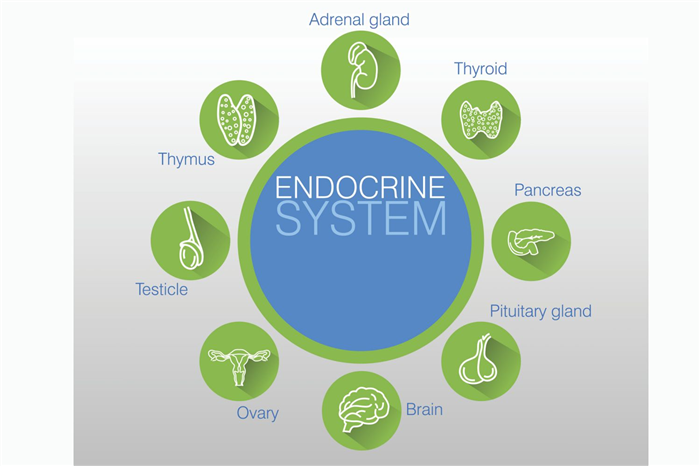
The endocrine system regulates vital processes in the body including growth, metabolism, and sexual development. This system is comprised of several major endocrine glands. These glands secrete hormones into the blood. Once in the blood, the hormones travel through the cardiovascular system until they reach their target cells. Only cells with specific receptors for a certain hormone will be influenced by that hormone.
Hormones control various cellular activities including growth; development; reproduction; energy use and storage; and water and electrolyte balance. Both the endocrine system and the nervous system are responsible for maintaining homeostasis in the body. These systems help to maintain a constant internal environment in response to environmental changes.
The major glands of the endocrine system are the pineal gland, pituitary gland, thyroid, and parathyroid glands, adrenal glands, pancreas, thymus, ovaries, and testes. There are also other organs in the body that have secondary endocrine functions. These organs include the heart, liver, and kidneys.
Pineal Gland
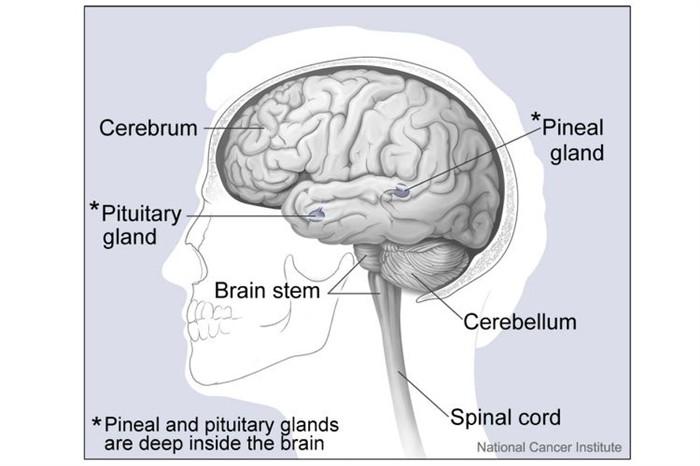
The pineal gland is a pine cone shaped gland of the endocrine system. It is located deep inside the brain, situated between the cerebral hemispheres. This gland produces several important hormones including melatonin. Melatonin influences sexual development and sleep-wake cycles.
The pineal gland connects the endocrine system with the nervous system in that it converts nerve signals from the sympathetic system of the peripheral nervous system into hormone signals. Pineal gland dysfunction can lead to a number of disorders including insomnia, depressive disorder, and anxiety.
Pituitary Gland
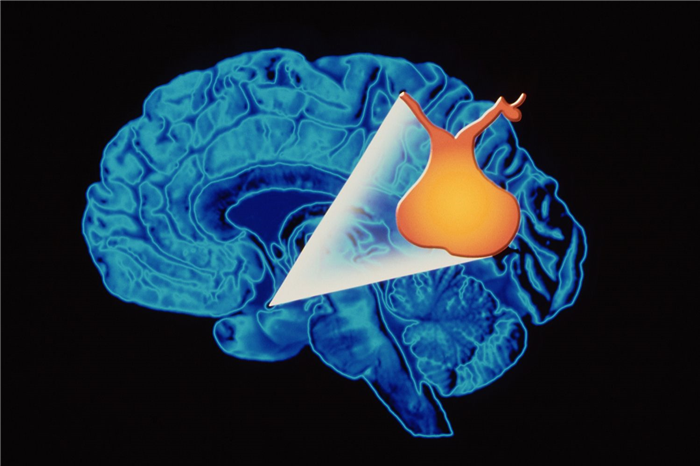
The pituitary gland is a small endocrine organ located in the middle of the base of the brain. It controls a multitude of important functions in the body. The pituitary gland is termed the “Master Gland” because it directs other organs and endocrine glands to suppress or induce hormone production. The pituitary has an anterior lobe and a posterior lobe. The anterior lobe produces several hormones, while the posterior lobe stores hormones of the hypothalamus.
Hormones secreted by the anterior pituitary gland include adrenocorticotropin hormone (ACTH), growth hormone, luteinizing hormone (LH) and follicle-stimulating hormone (FSH), prolactin, and thyroid-stimulating hormone (TSH). Hormones of the posterior pituitary include oxytocin and antidiuretic hormone (ADH).
Thyroid and Parathyroid Glands
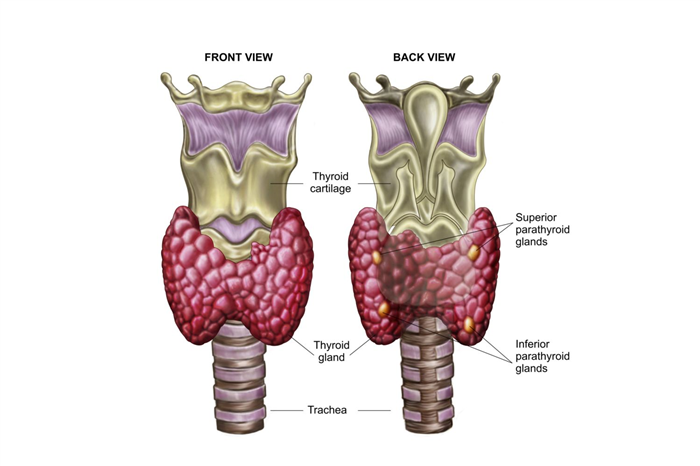
The thyroid is a dual-lobed gland located in the neck region. It secretes hormones that control metabolism, growth, heart rate, body temperature, and regulate calcium levels. Hormones secreted by the thyroid gland include thyroxin, triiodothyronine, and calcitonin.
Parathyroid glands are found within thyroid tissue located in the posterior region of the thyroid. These tiny masses vary in number, with individuals typically having two or more parathyroid glands. These glands synthesize and secrete parathyroid hormone which regulates calcium levels in the blood.
Thymus
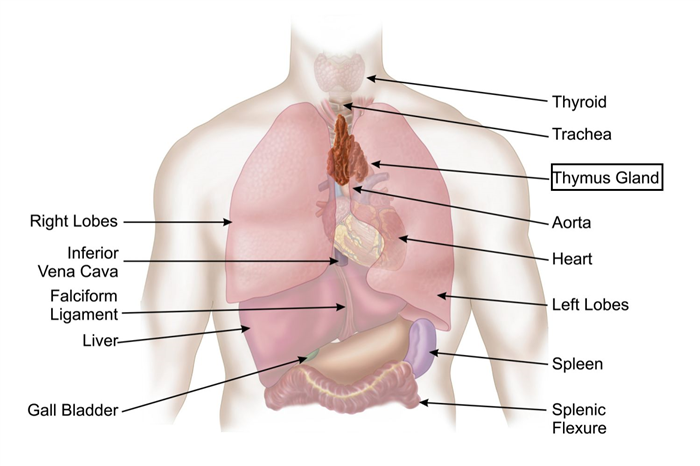
The thymus gland is located in the center of the chest cavity between the lungs and behind the breastbone. Although it is considered an endocrine gland, the thymus gland is the main organ of the lymphatic system. Its primary function is to promote the development of specific white blood cells called T-lymphocytes.
The thymus produces several hormones including thymosin which increases immune responses by promoting the production of antibodies. In addition to immune function, the thymus also stimulates the production of certain pituitary gland hormones that promote growth and sexual maturation.
Adrenal Glands
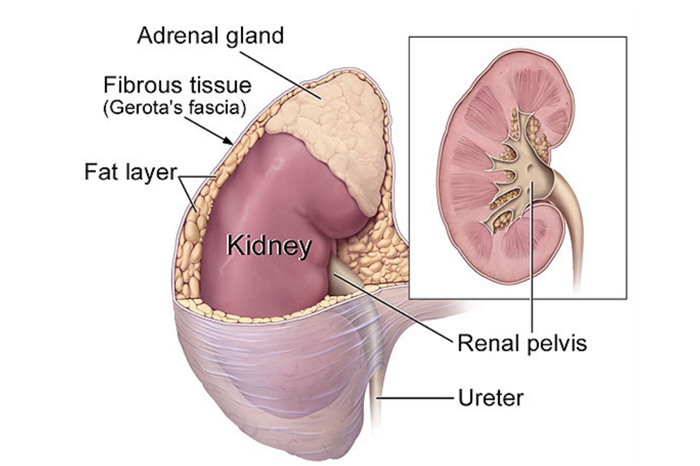
There are two adrenal glands in the body. One located atop each kidney. The adrenal gland produces hormones in both the inner medulla region and the outer cortex region of the gland. Hormones produced within the adrenal cortex region are all steroid hormones.
Adrenal cortex hormones include aldosterone, cortisol, and sex hormones. Aldosterone causes the kidneys to secrete potassium and retain water and sodium. This causes blood pressure to rise. Cortisol acts as an anti-inflammatory and helps maintain blood sugar levels and blood pressure.
Hormones of the adrenal medulla include epinephrine and norepinephrine. These are secreted in response to stimulation from sympathetic nerves, typically in response to stress.
Pancreas
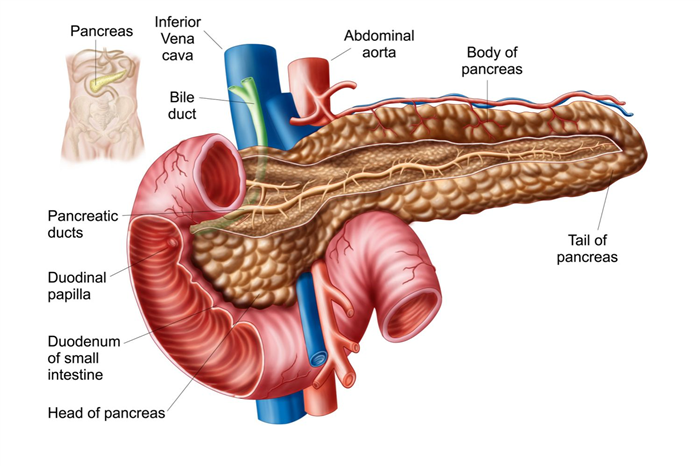
The pancreas is a soft organ located near the stomach and small intestines. It is both an exocrine gland and an endocrine gland. The exocrine portion of the pancreas secretes digestive enzymes that are carried by a duct to the small intestines.
The endocrine segment of the pancreas consists of small clusters of cells called islets of Langerhans. These cells produce the hormones glucagon and insulin. Glucagon raises blood sugar level while insulin lowers blood sugar levels and stimulates the metabolism of glucose, protein, and fat. Disorders of the pancreas include diabetes and pancreatitis.
Gonads (Ovaries and Testes)
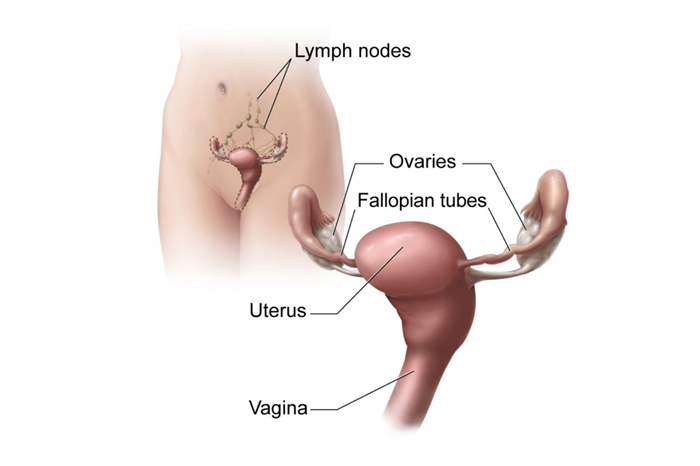
The endocrine system includes certain organs of the reproductive system. Male and female primary reproductive organs, called gonads, are endocrine organs. Gonads produce sex cells and also secrete reproductive hormones.
Male gonads, or testes, produce hormones called androgens. Testosterone is the main androgen secreted by the testes. The female ovaries secrete the hormones estrogen and progesterone. Gonadal hormones are responsible for the development of male and female reproductive organs and sexual characteristics.
Hormone Regulation
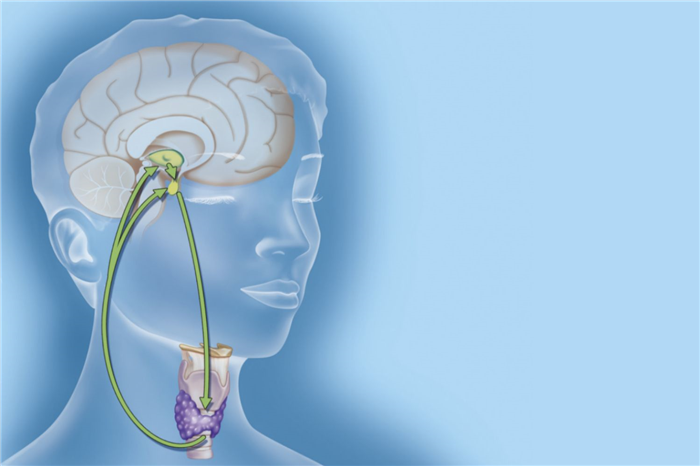
Endocrine system hormones are regulated in several ways. They can be regulated by other hormones, by glands and organs, by peripheral nervous system neurons, and by negative feedback mechanisms. In negative feedback, an initial stimulus provokes a response that works to reduce the stimulus. Once the response eliminates the initial stimulus, the pathway is halted.
Negative feedback is demonstrated in the regulation of blood calcium. The parathyroid gland secretes parathyroid hormone in response to low blood calcium levels. As parathyroid hormone increases blood calcium levels, calcium levels eventually return to normal. Once this happens, the parathyroid gland detects the change and stops secreting parathyroid hormone.
Sources:
- “Hormones.” Ohio State Diabetes Endocrinology, medicalcenter.osu.edu/patientcare/healthcare_services/diabetes_endocrine/about_diabetes/endocrinology/hormones_and_endocrine_system/Pages/index.aspx.
- “Introduction to the Endocrine System | SEER Training.” SEER Training:Bone Development & Growth, training.seer.cancer.gov/anatomy/endocrine/.